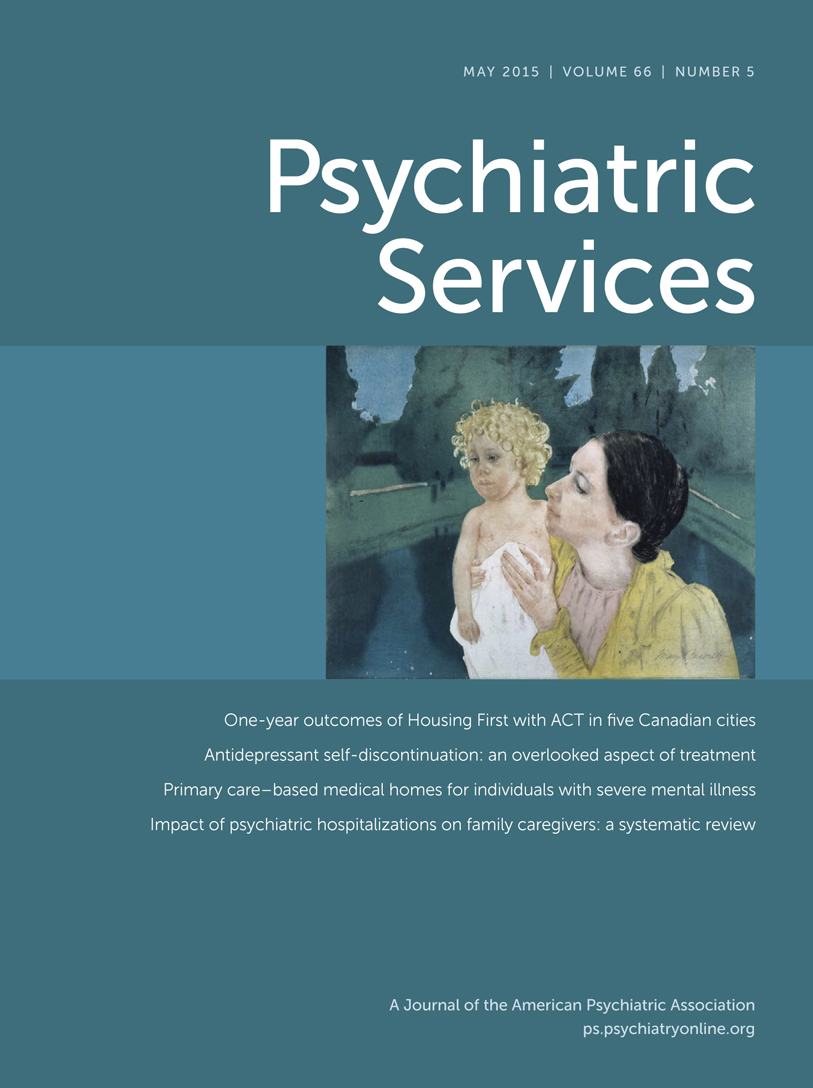Cost-Effectiveness of On-Site Versus Off-Site Collaborative Care for Depression in Rural FQHCs
Abstract
Objective:
Collaborative care for depression in primary care settings is effective and cost-effective. However, there is minimal evidence to support the choice of on-site versus off-site models. This study examined the cost-effectiveness of on-site practice-based collaborative care (PBCC) versus off-site telemedicine-based collaborative care (TBCC) for depression in federally qualified health centers (FQHCs).
Methods:
In a multisite, randomized, pragmatic comparative cost-effectiveness trial, 19,285 patients were screened for depression, 2,863 (14.8%) screened positive, and 364 were enrolled. Telephone interview data were collected at baseline and at six, 12, and 18 months. Base case analysis used Arkansas FQHC health care costs, and secondary analysis used national cost estimates. Effectiveness measures were depression-free days and quality-adjusted life years (QALYs) derived from depression-free days, the 12-Item Short-Form Survey, and the Quality of Well-Being (QWB) Scale. Nonparametric bootstrap with replacement methods were used to generate an empirical joint distribution of incremental costs and QALYs and acceptability curves.
Results:
The TBCC intervention resulted in more depression-free days and QALYs but at a greater cost than the PBCC intervention. The disease-specific (depression-free day) and generic (QALY) incremental cost-effectiveness ratios (ICERs) were below their respective ICER thresholds for implementation, suggesting that the TBCC intervention was more cost effective than the PBCC intervention.
Conclusions:
These results support the cost-effectiveness of TBCC in medically underserved primary care settings. Information about whether to insource (make) or outsource (buy) depression care management is important, given the current interest in patient-centered medical homes, value-based purchasing, and bundled payments for depression care.



